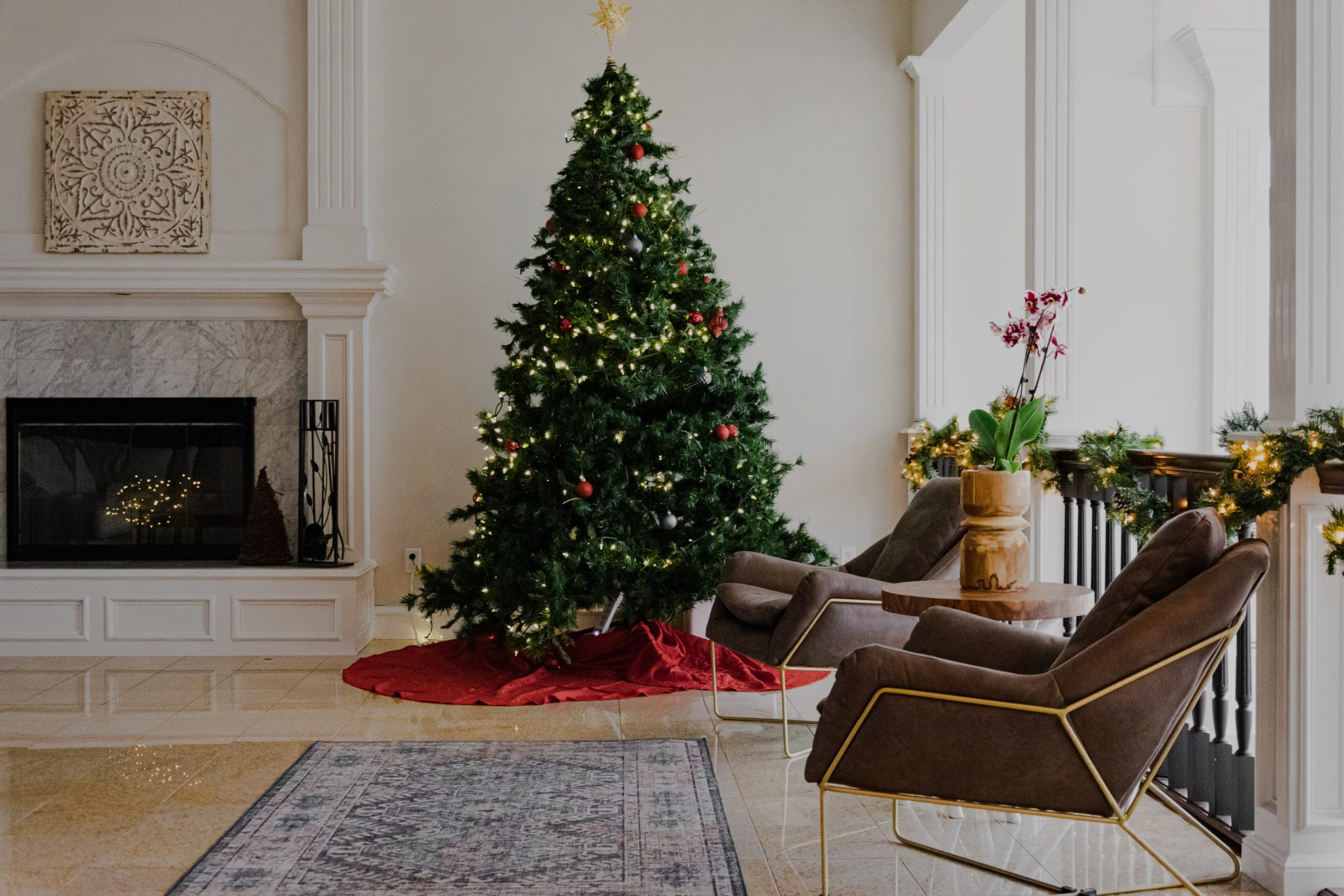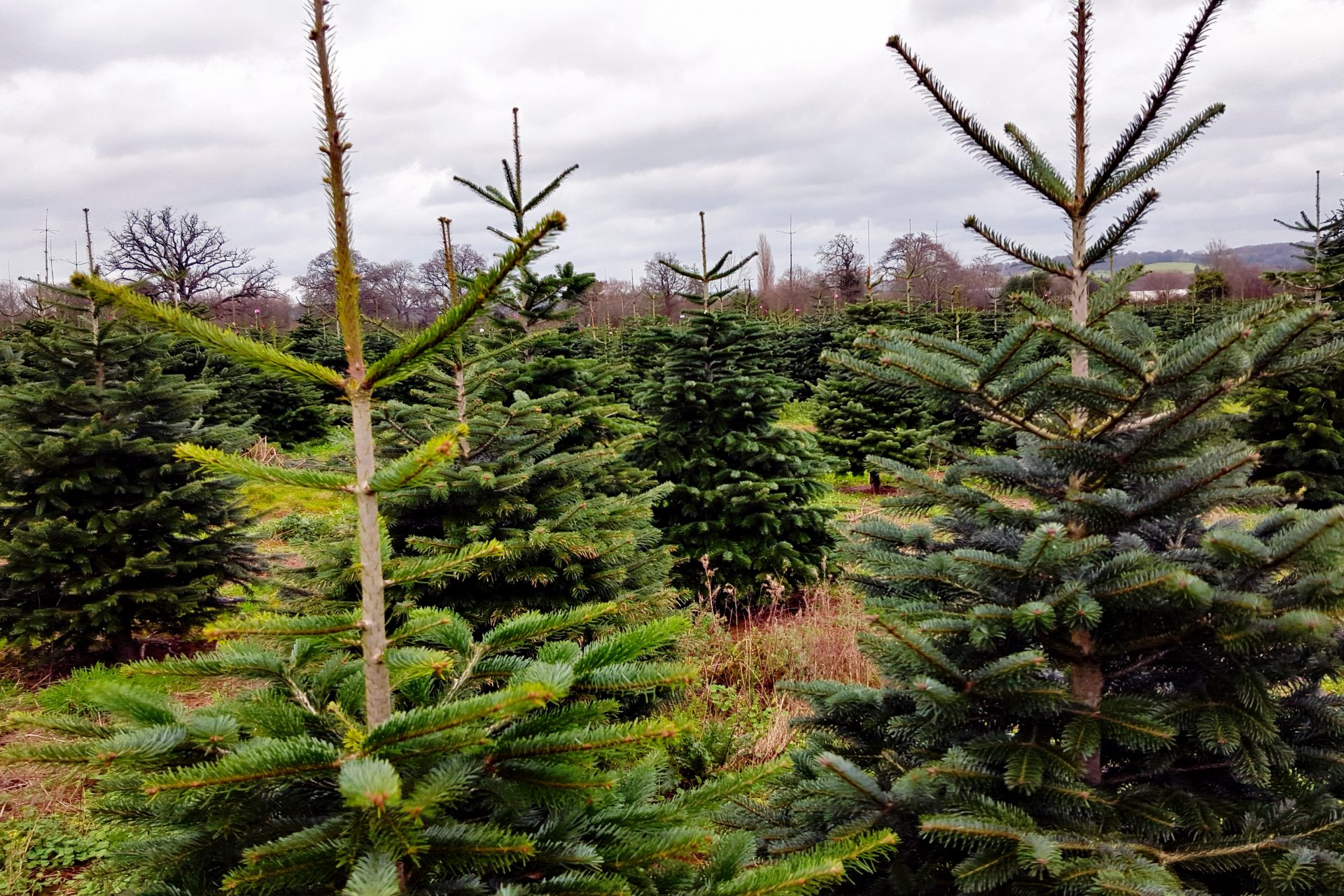To minimize your ecological impact during the holidays, you should do your best to investigate where your Christmas tree was grown, if sustainable agriculture practices were used, and try to select a tree that has travelled just a short distance from where it was grown to where it is sold to reduce environmental impact.
Which are better for the environment, real or fake Christmas trees?
Annually, as the holiday season approaches, many families uphold the tradition of adorning their living rooms with a Christmas tree. However, in an age of increasing environmental consciousness, a pivotal question emerges: Should one opt for an artificial tree or a natural one?
On the one hand, the artificial tree has the advantage of being used time and again, year after year. On the other hand, real trees are biodegradable and help to improve air quality. But which of them causes less damage to our planet?
In 2009, a Quebec study compared the life cycle of an artificial Christmas tree, made in China and kept for six years, and a natural Christmas tree, which had traveled 150 kilometers during transport.
The result is largely favor of real Christmas trees, whose carbon footprint amounts to 3.1 kg of CO2 emitted per year, compared to 8.1 kg for the artificial tree.
The natural tree has a negative impact on climate change when transported from the place of purchase to the place of residence. On the other hand, it also produces positive effects on the environment, since it has the capacity to absorb CO2 during its growth.
Furthermore, contrary to what one might think, Christmas trees do not contribute to deforestation. In fact, they are grown for the occasion on specific plots, as indicated by the French Ecological Transition Agency (ADEME).
The artificial tree pollutes both during its transport and especially during its production phase. It is made from petroleum derivatives and metals, which are particularly bad for pollution and generate a lot of waste.
However, the artificial tree can become an ecological alternative when it is kept for at least 20 years, as the study specifies: "Consumers who prefer this option can make it more efficient than the natural tree by extending its duration of use of at least 20 years and over."
The natural tree is therefore more ecological than the artificial tree in the short to medium term. According to the American website YouGov Today, around 39% of American adults say they prefer a real tree and 45% would rather have an artificial tree. Whereas in Canada an Angus Reid poll in 2010 found that 58% of Canadian prefer an artificial tree.
Photo: Frames For Your Heart / Unsplash
However, if you decide you'd prefer a real tree, the best thing is to buy a fir tree from regional forests. Residents of Quebec, for example, can count on four different species of conifers grown in their region: balsam fir, Fraser, Canaan and Cook.
According to TreeHugger.com, the most popular tree in Canada in the U.S. is the white spruce which is native to the northeastern U.S. and Canada, and one of the most common varieties sold as Christmas trees in that region. Since the white spruce has a natural conical shape that makes it easy for tree farmers to maintain and it is a common choice for cut-your-own farms.
As consumers have become aware of the impact of this favorite holiday tradition, more and more tree farmers are adapting and using more sustainable practices, making it easier to find an environmentally friendly tree.
Once the holidays have come to an end it is important to get rid of your tree in the best way possible. Many towns and cities have a tree collection service, which is one of the best ways to ensure your tree will be disposed of properly.
Alternatively, you can chop up your tree and use the wood for fires in your home or campfires in the summer or you can get it turned into mulch which you can use in your garden.
However, if you are fortunate enough to encounter a tree that is still potted and has its roots, one one of the most ecological solutions is to replant your tree in your garden.
Never miss a story! Click here to follow The Daily Digest.
More for you
Top Stories





























